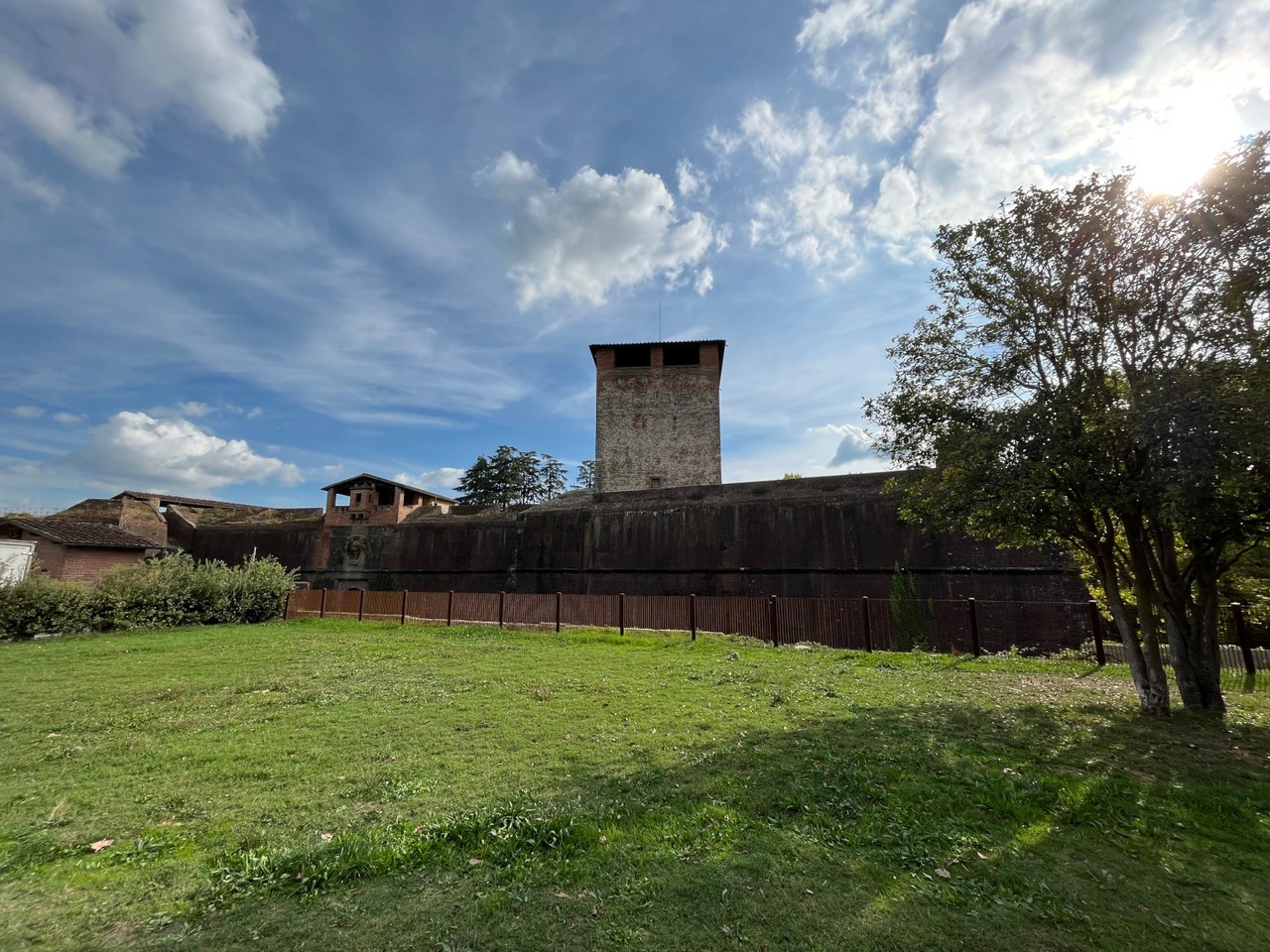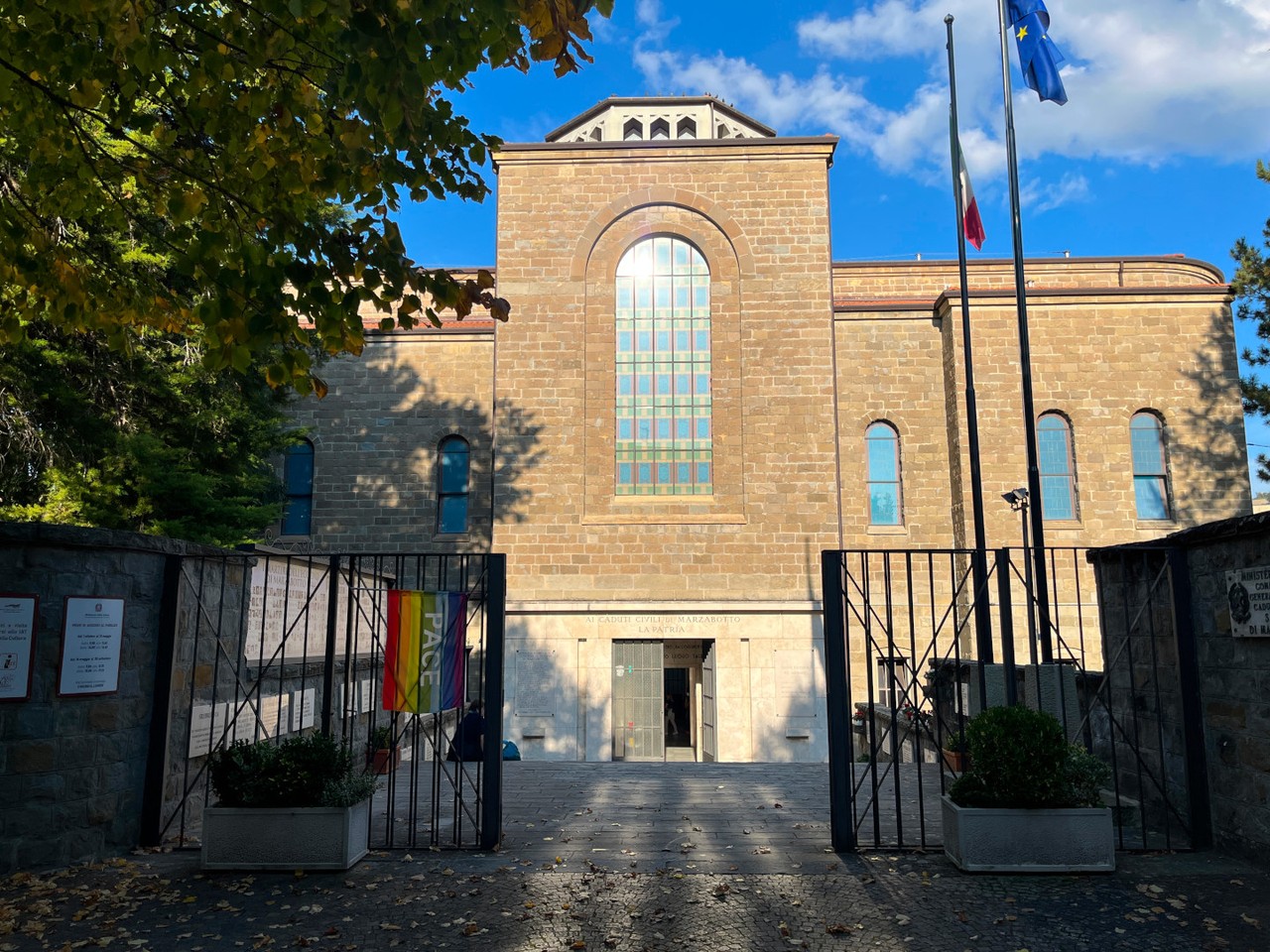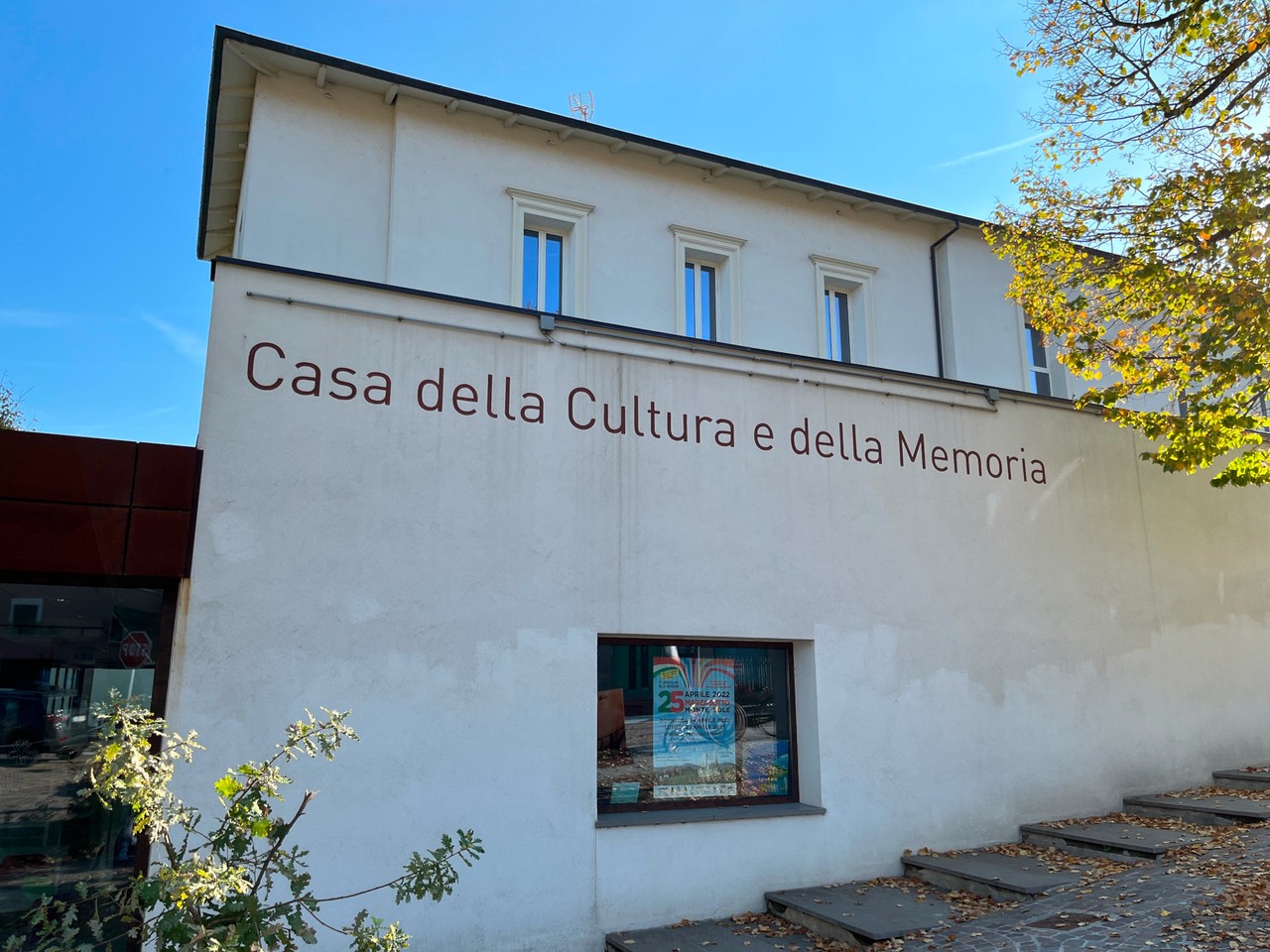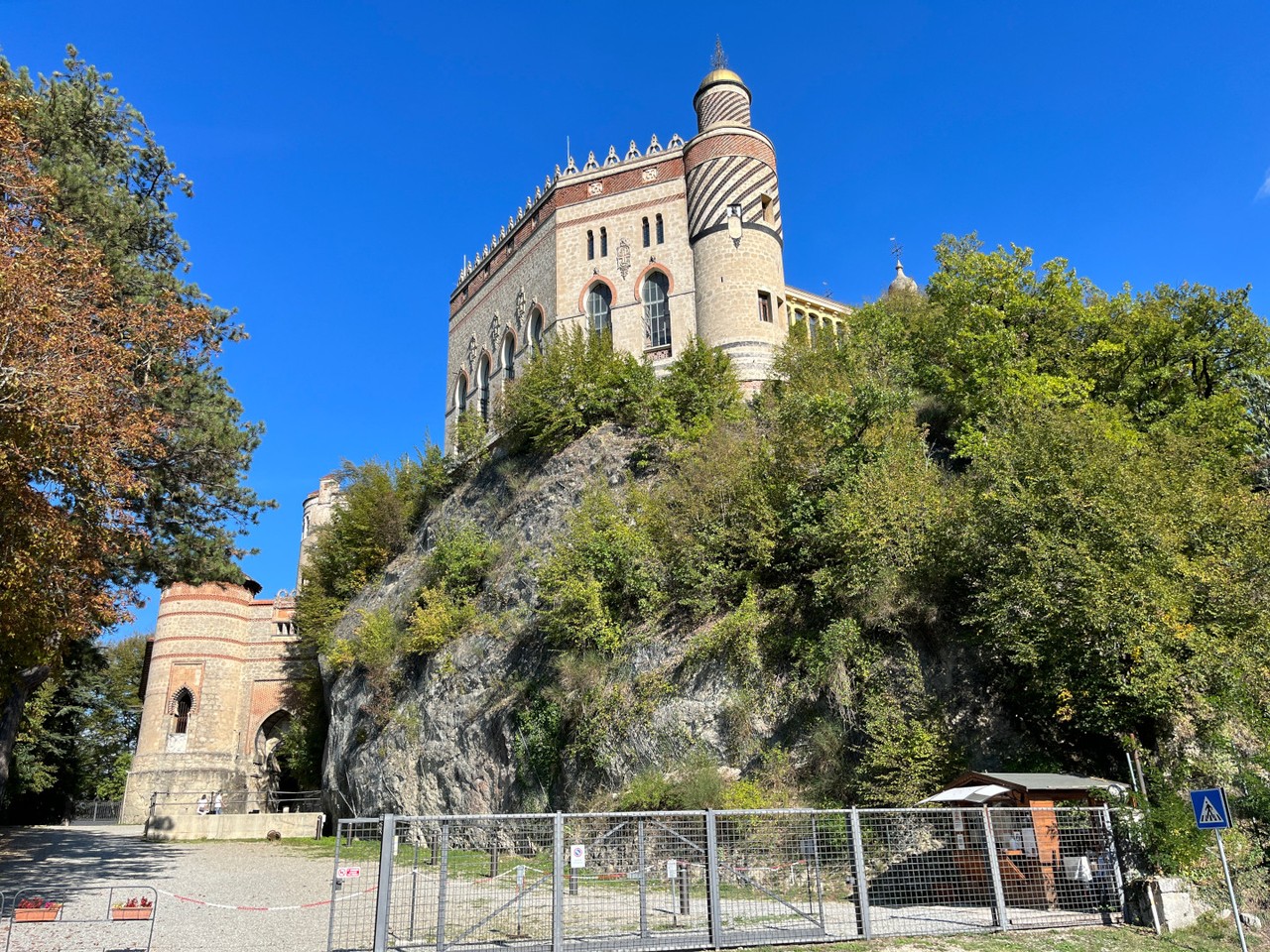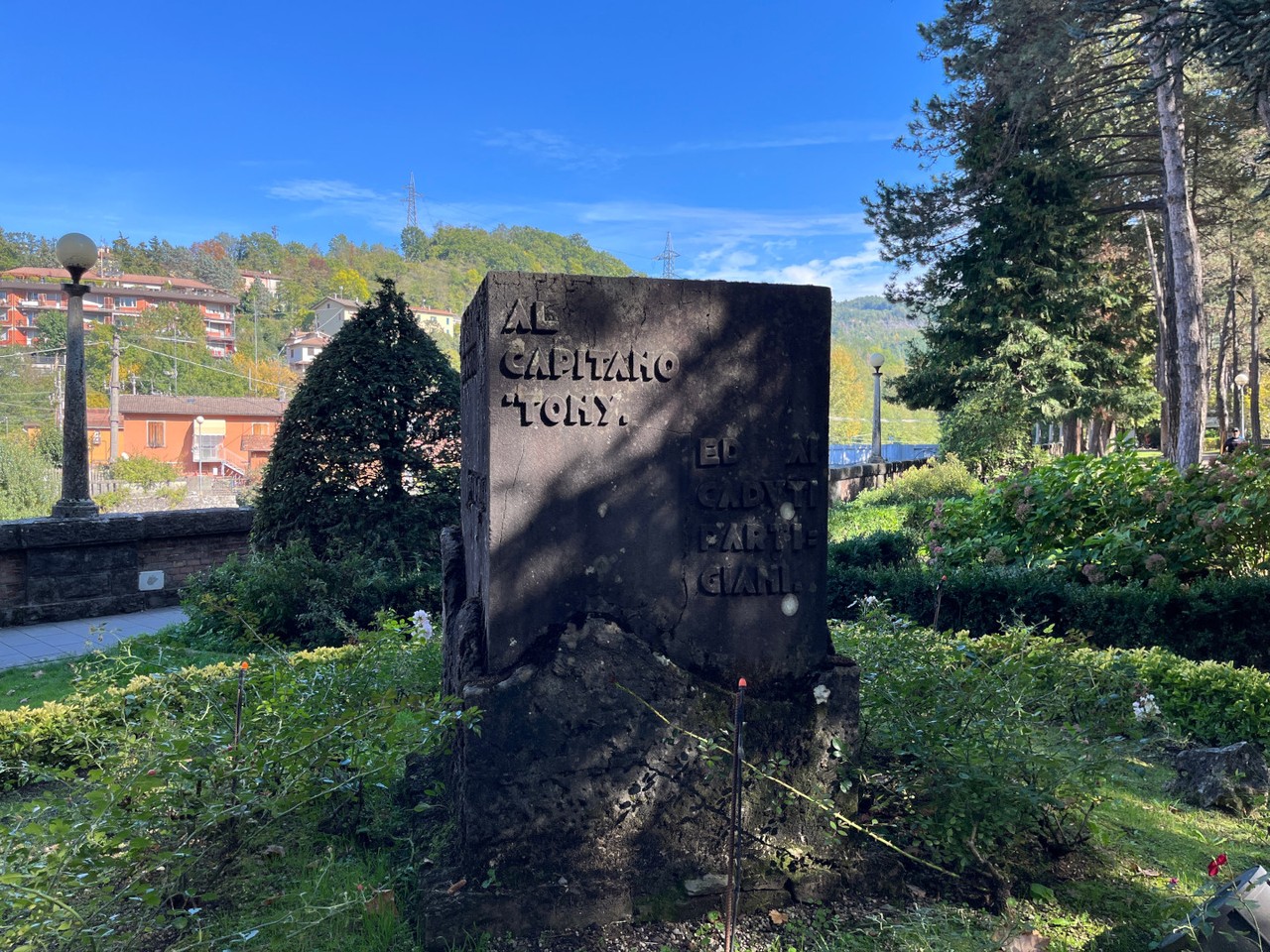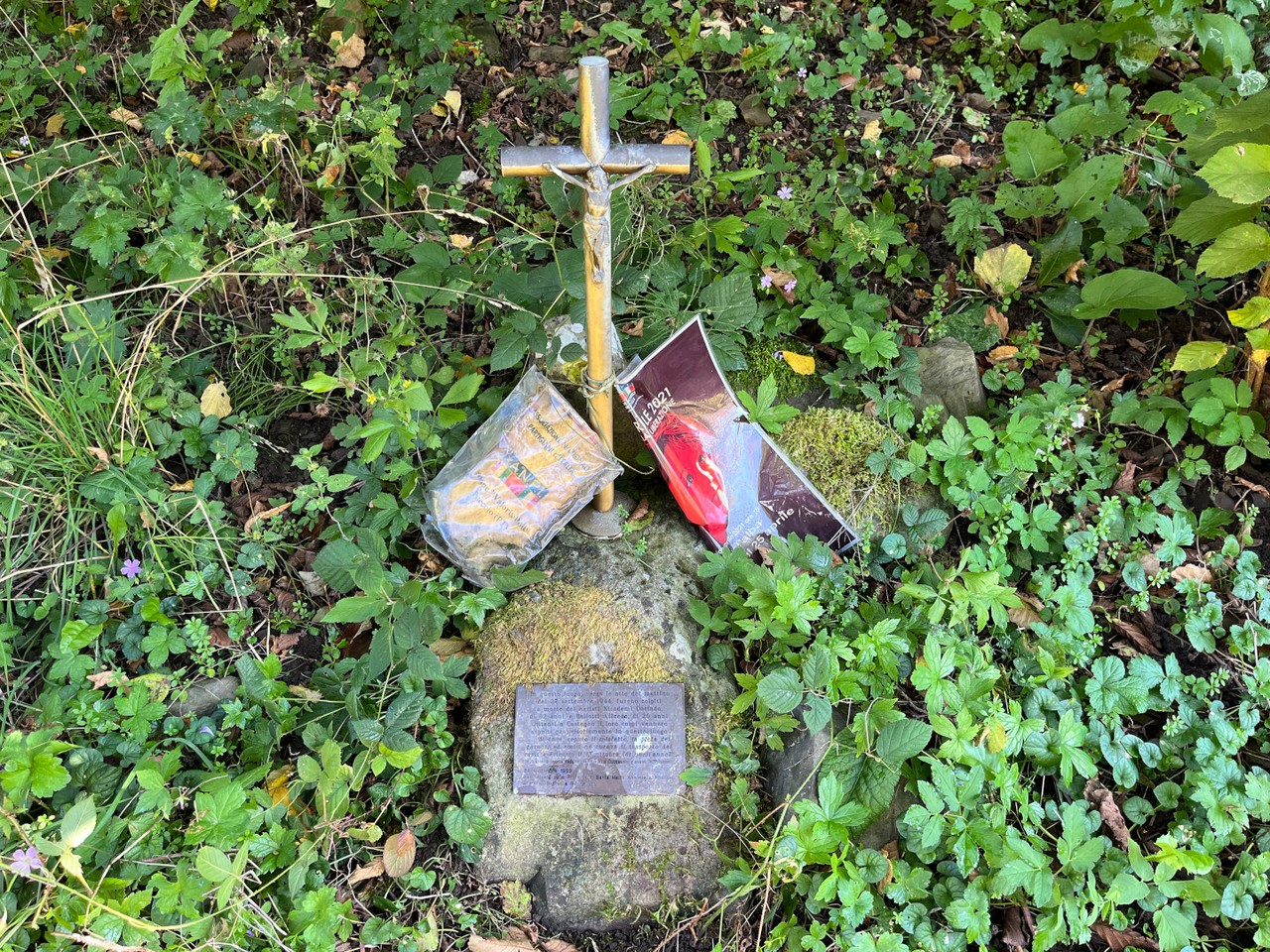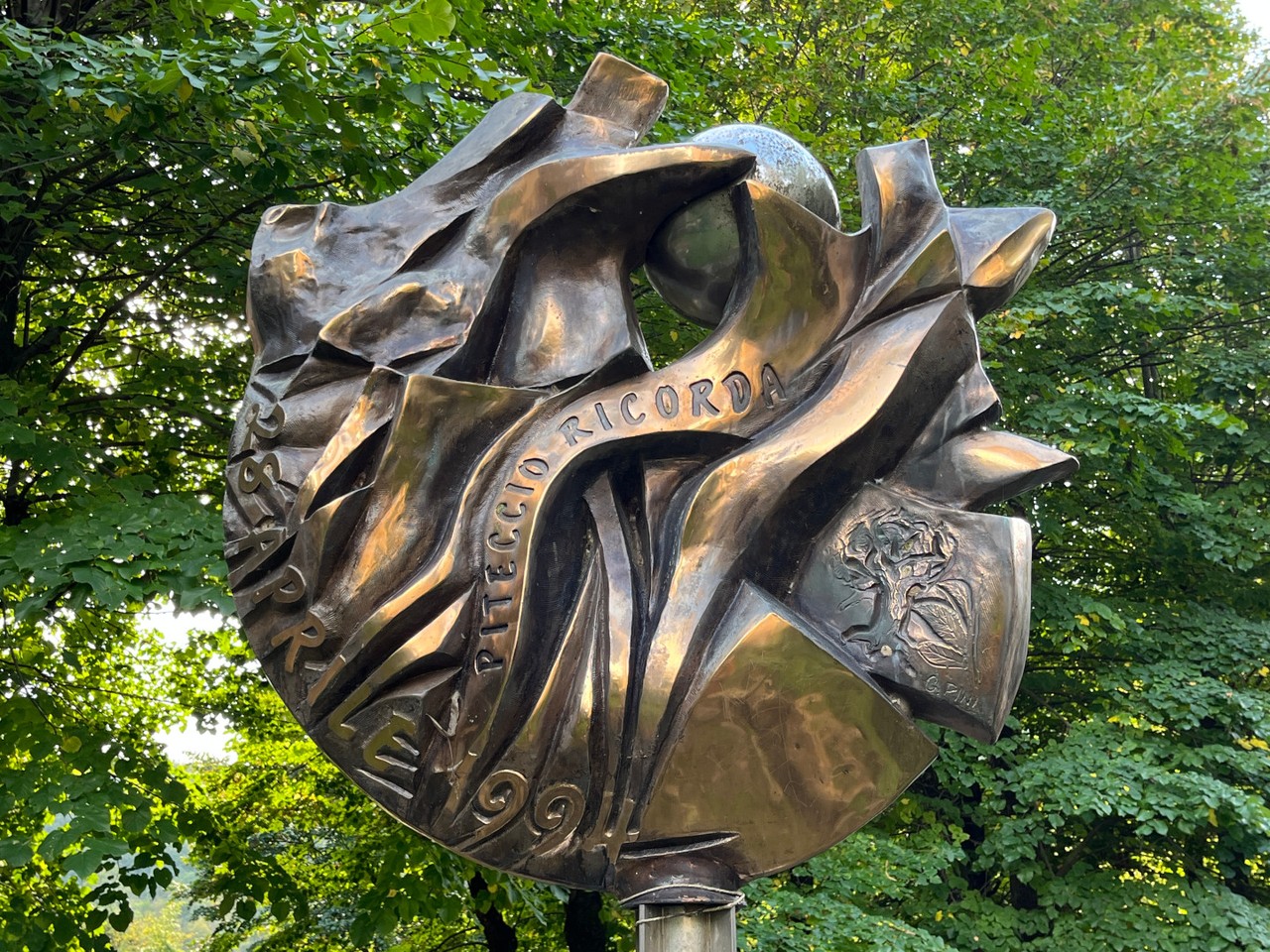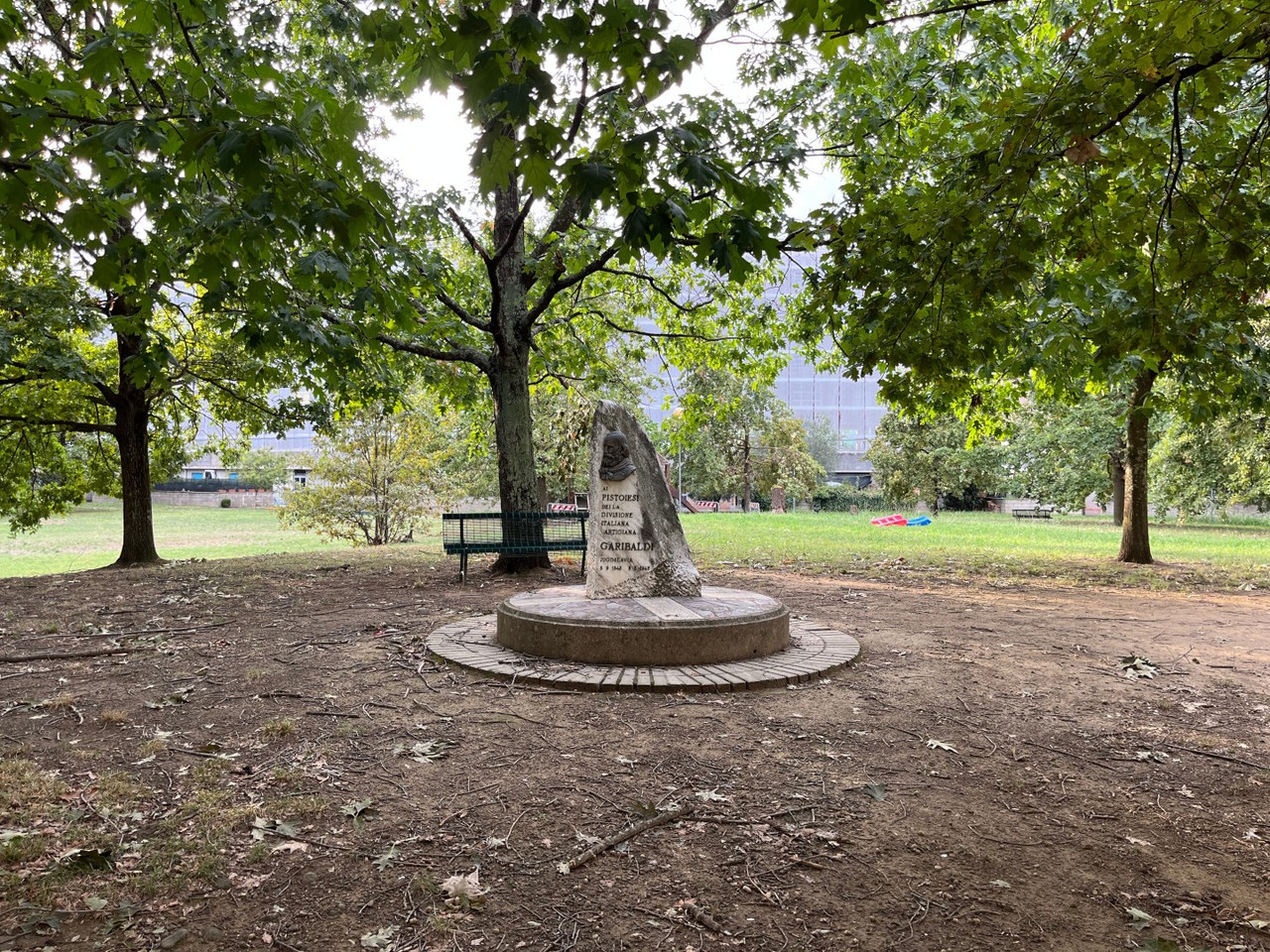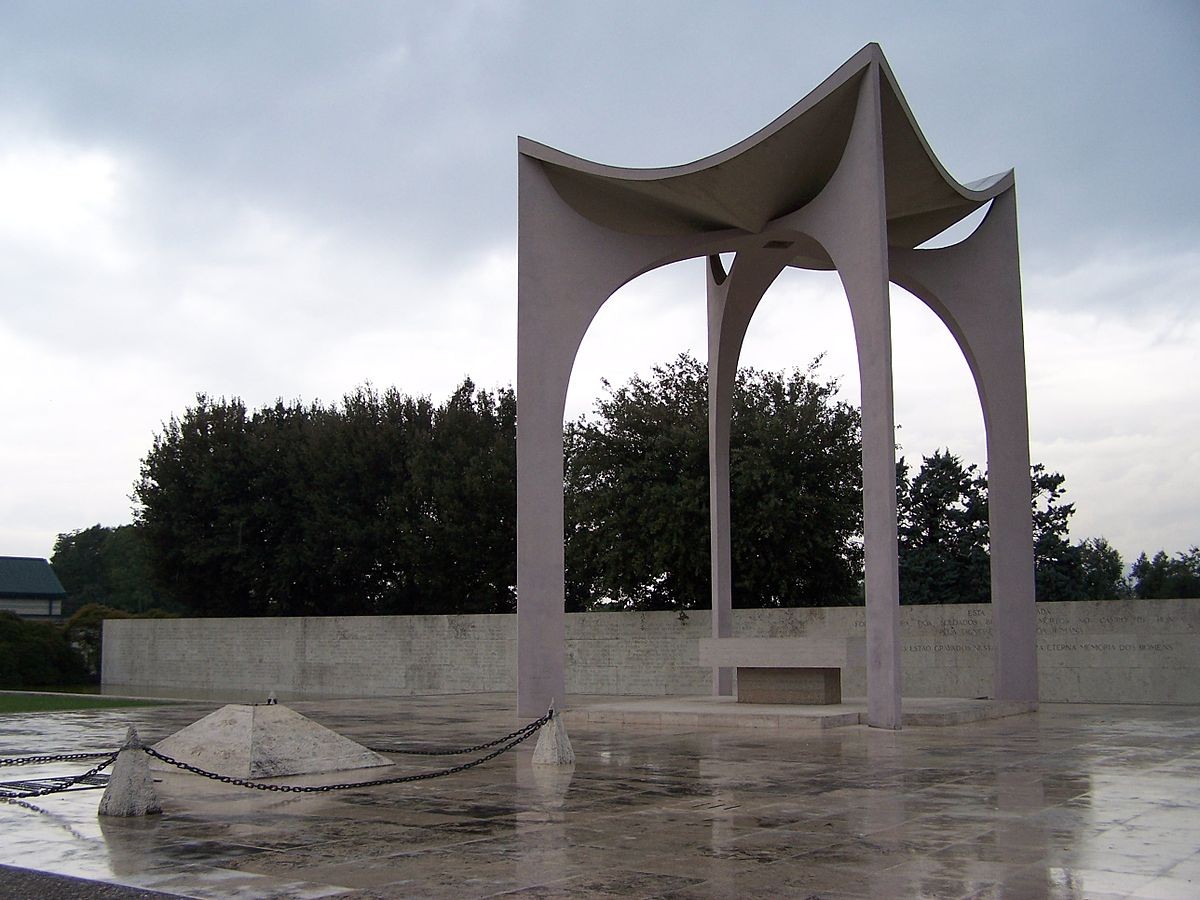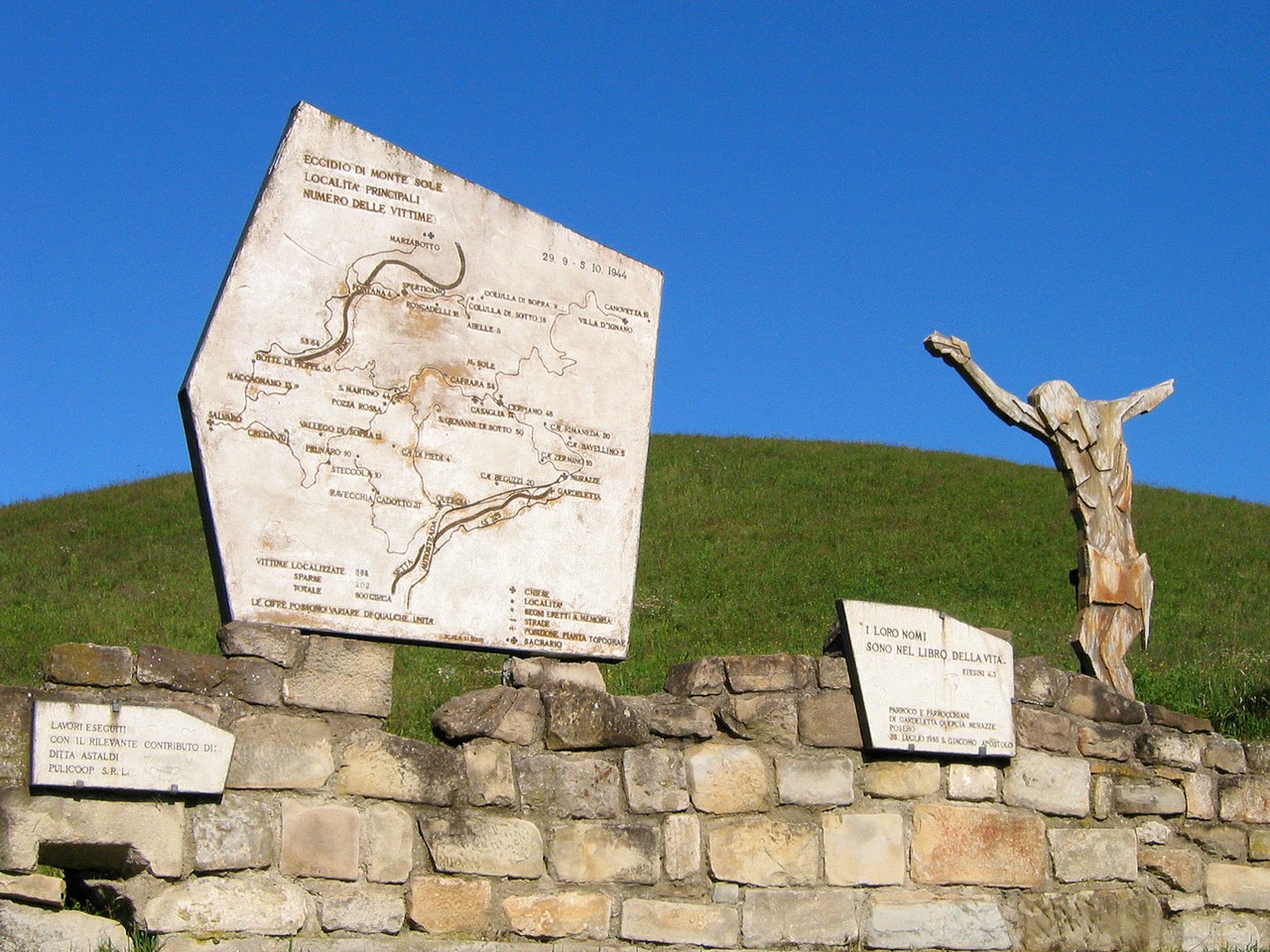The historical route retraces the main places of remembrance located between Pistoia and Marzabotto, taking state road 64 Porrettana as a reference point. Along the way, one can encounter memorials, monuments, memorial stones, plaques, paths, parks and shrines.
The total war and the presence of the Gothic Line marked the territory between Pistoia and Marzabotto, along the Porrettana state road, from September 1943 to April 1945. The German troops' occupation, assisted by members of the Italian Social Republic, resulted in round-ups, massacres and deportations that were accompanied by a far-reaching modification of the territory, involving the building of defensive structures in the Tuscan-Emilian Apennines to slow down the Allied advance towards northern Italy during the final stages of WWII: bunkers, tunnels, trenches and fortifications are still visible today.
The Resistance's role was effective in countering the Nazi-fascists' activities both militarily, through armed actions and strategically, through acts of sabotage and intelligence services to the Anglo-Americans. In parallel, the civilian population suffered from the Allied air raids whose main goals were to destroy communication lines and industrial areas, but which claimed thousands of civilian victims. There was a sharp break during the passage of the front, between summer and autumn 1944: on 8 September Pistoia was liberated, and Porretta Terme at the beginning of October. The Anglo-Americans arrived within the borders of Vergato when they halted their advance, which resumed the following spring, actually marking the birth of the 'no man's land' between the two opposing fronts. The Allied army's colonial troops, particularly the South African ones, as well as the Brazilian ones, played a leading role along the Porrettana, establishing deep ties with the local inhabitants that resulted in some marriages.
Post-war memorial stones, monuments, plaques, roads, memorials, shrines, paths, parks were inaugurated in remembrance of wartime events and in order to set a physical place of historical remembrance in the urban and social framework. Retaining the remembrance of certain events evokes personal and collective thinking, proving that remembrance cannot be resolved only in sporadic and celebratory events, but must be an integral part of the population's daily life.
